In the annals of Indian Architectural Journalism, one name stands out prominently: Sardar Patwant Singh (28 March 1925 – 8 August 2009). A renaissance man of his time, Singh wore many hats – architectural journalist, writer, editor, historian, publisher, conservationist, political commentator, and philanthropist. His journey in shaping India’s architectural discourse began in 1953 when he single-handedly launched his first monthly publication, “The Indian Builder.” This pioneering magazine shed light on the achievements and challenges faced by the burgeoning building industry in newly independent India, emphasizing its crucial role in national development. However, it was just the beginning of Singh’s influential career in architectural journalism and criticism.
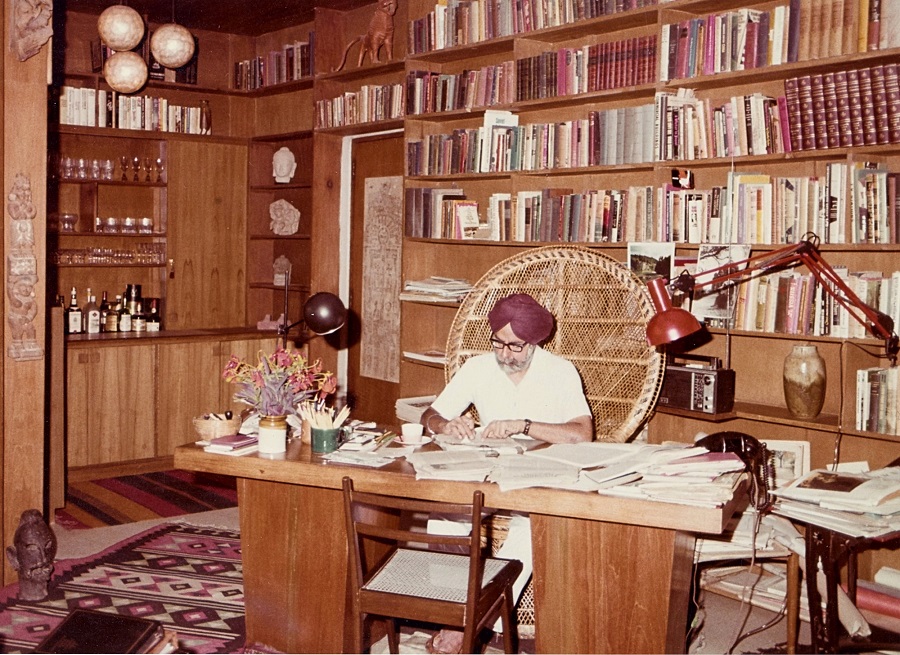
Going ahead, unveiled the famous Design magazine in 1957 which he published and edited for 31 years till 1988. It was a revolutionary magazine, first-of-its-kind in the world at that time. Design critically covered architecture, urban planning, industrial design, graphics, and visual arts. These subjects were the ones that, till that point of point had isolated audiences which rarely seemed to mix into each other. The magazine became a platform for the convergence of world-famous architects and artists such as Peter Blake, Walter Gropius, Philip Johnson, Richard Neutra and Eero Saarinen.
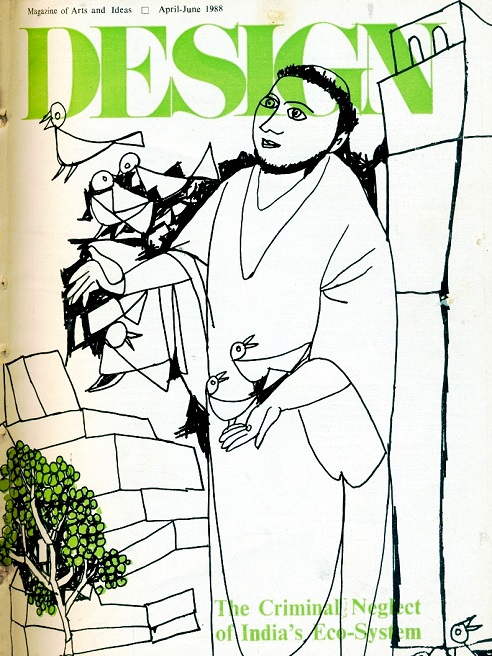
Our association with Sardar Patwant Singh commenced in 1985 when we were aspiring to learn architectural writing. We submitted some articles to him in 1985 for consideration to be included in Design magazine. Though we were not good at writing, somehow the contents and substance of these articles appealed to him, and we were called to his Delhi office for discussion. Perhaps to encourage us in the field of architectural writing, he guided us to rewrite the articles in the format explained to us. We happily did the rewriting and resubmitted these articles which were published in the subsequent issues of Design from1985 to 1987. It was a matter of great privilege for young architects like us to get published in such a pioneer magazine. But to our dismay, the magazine was discontinued in 1988 but his blessings remained with us throughout his long journey.
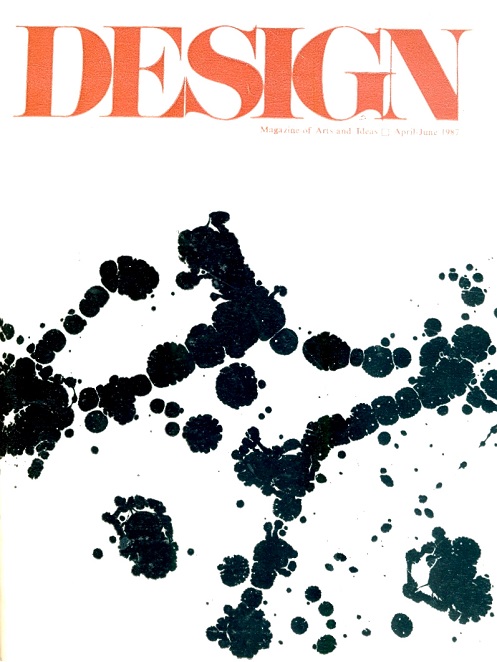
Sardar Patwant Singh was born on 28 March 1925. He was the son of a rich civil contractor and a prominent builder of Lutyens’ New Delhi. He grew up and got educated in Delhi in the 1930s when Lutyens’ capital was being built. Singh began his career in the family business of construction and engineering. He discovered a natural ability to write at an early age. His thinking, viewpoints and opinions on the matters of architecture, and urban design are timely recorded in the editorials of The Indian Builder and Design magazine which he published for 35 years.

When he started the publication of Design magazine in 1957, the construction of Le Corbusier’s Chandigarh was in full swing. He covered the progress and growth of the city in a befitting manner and wrote many editorials on the impact of the city on the contemporary architecture of India. In one such editorial, he wrote, “Corbusier’s work in this country—Chandigarh more specifically—shook India out of the architectural stupor it had been in since long. It needed that shaking. Not that India lacks design talent, but just that it was the right time to point to the possibilities which lay beyond our obsession with burgis, chattris, and domes. We were beginning to look at these forms as representatives of the Indian tradition while ignoring the true definition of tradition: the creativity inherent in the sensitive temperament of people. We had a tradition of creativity we were devaluing by plagiarizing the past. Chandigarh was the catalyst which pulled us out of that rut.”

Singh was a fearless thinker and writer. He was a regular contributor to the leading international newspapers, including the New York Times, The Globe and Mail, The Independent, The Asian Age, and Indian Express. He was known for his fearless writings and unbiased opinion as noticed in one of the articles that he wrote on New Delhi titled “Capital plans that destroy a city”.

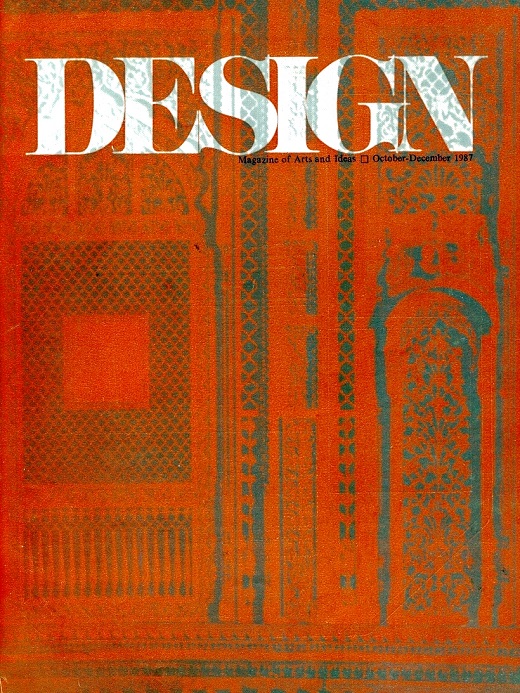
Singh’s contribution to the field of architecture, urban design, and conservation of the historical built environment was not limited to writing, editing, and publishing. He was also instrumental in setting up the Delhi Urban Art Commission. He undertook a series of discussions with the then Prime Minister Indira Gandhi in 1974 and convinced her to set up a statutory body to monitor new building projects and conserve historic structures in Delhi.
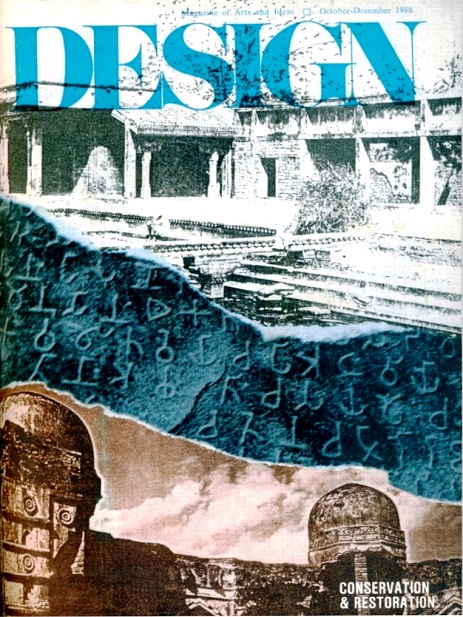

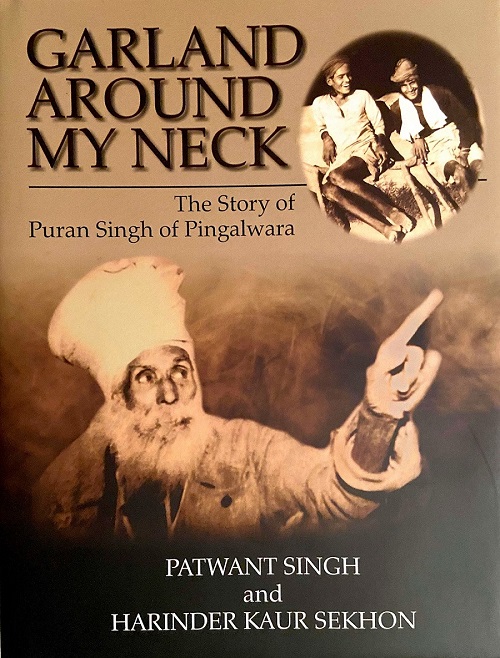
Apart from editing and publishing Design magazine Singh has written about a dozen books on diverse topics, ranging from history, politics, and international affairs. Prominent among these are India and Future of Asia, Delhi: The Deepening Urban Crisis; The Golden Temple; The World According to Washington: An Asian View; Gurdwaras in India and Around the World. At the time of his death, Singh was working on another book, “Beyond Forgiveness: The Destruction of Delhi’s Priceless Heritage”. The great legend left for his heavenly abode on 8 August 2009 at the age of 84.
Despite his very busy life, Singh was able to spare some time for philanthropy too. He also travelled to many countries like Germany, the USA, the UK, Sweden, Australia, Japan, Taiwan, Vietnam, Indonesia, Malaysia, and the Philippines, often as a guest of their governments.
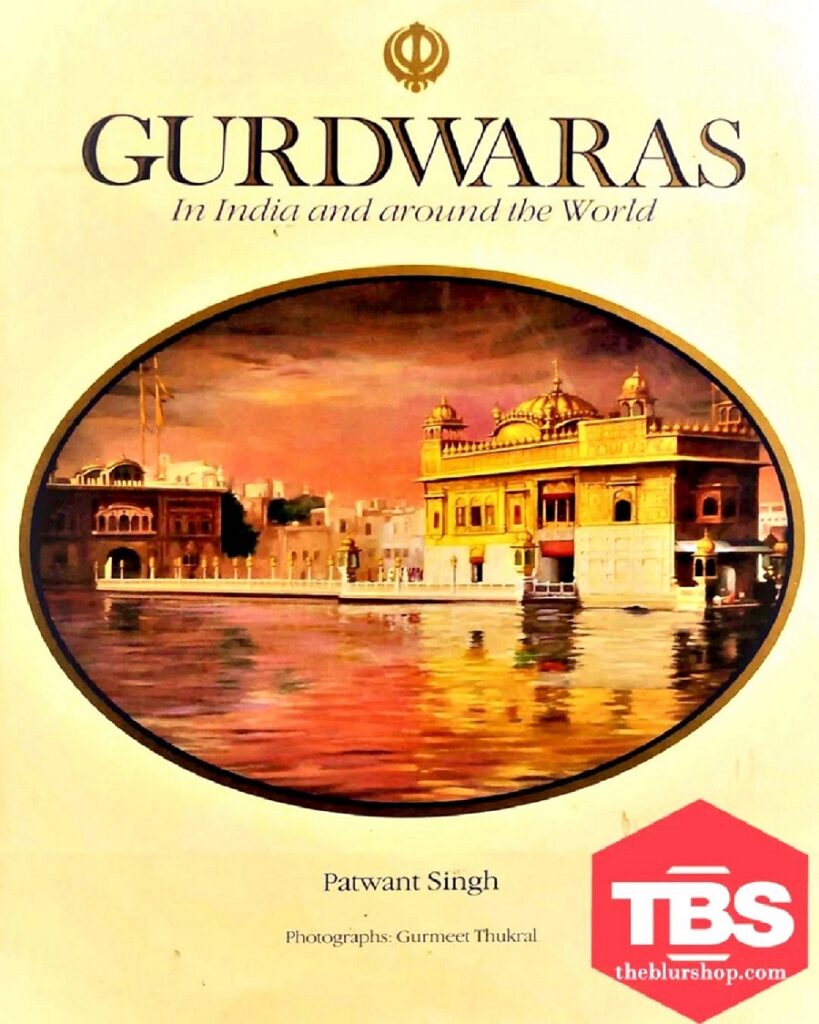
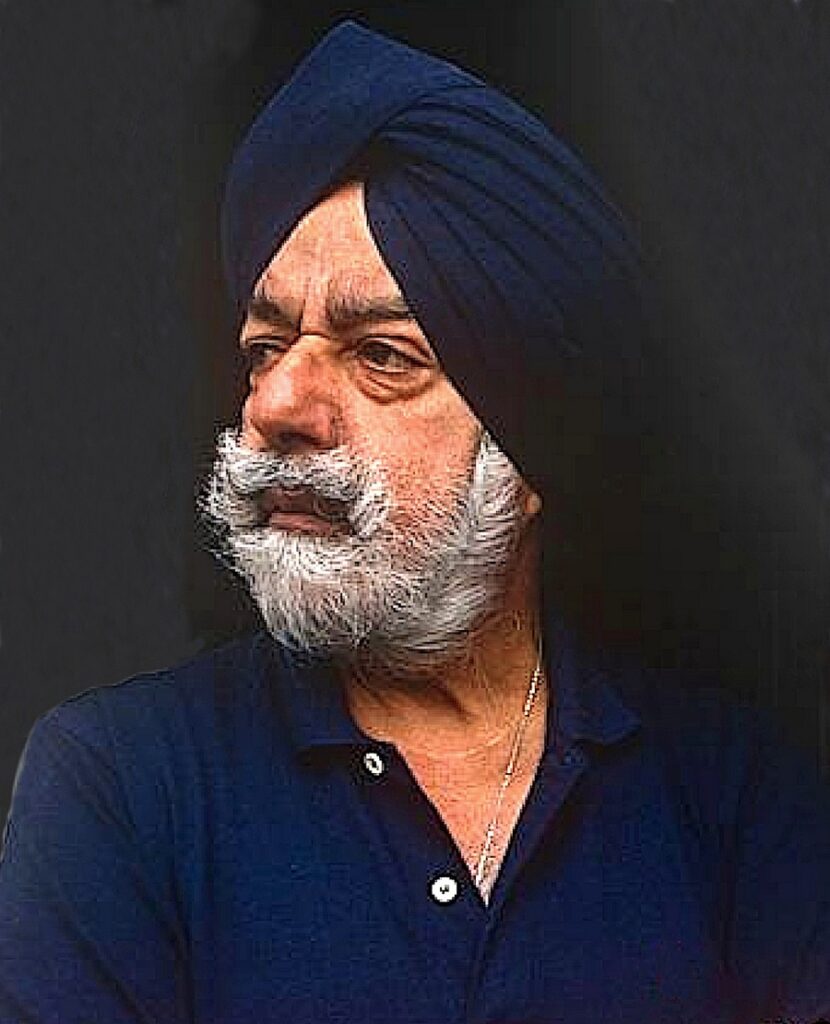
Patwant Singh will always be remembered for the valuable contribution he has rendered to the world and especially to Indian society. Most importantly, he gave the landmarks in the form of institutions dedicated to social upliftment and his valuable books which speak of his rich experience and aesthetic sense. To honour his services to the field of architectural journalism, the Indian Institute of Architects must constitute an award in his memory, something along the lines of – ‘IIA Patwant Singh Gold Medal for Lifetime Contribution to Architectural Journalism’ which should be given annually to a towering personality who has excelled in the field of Architectural Journalism in India. This will be a true homage to a person like Patwant Singh, who, though not an architect himself, served the profession of architecture more than an architect.
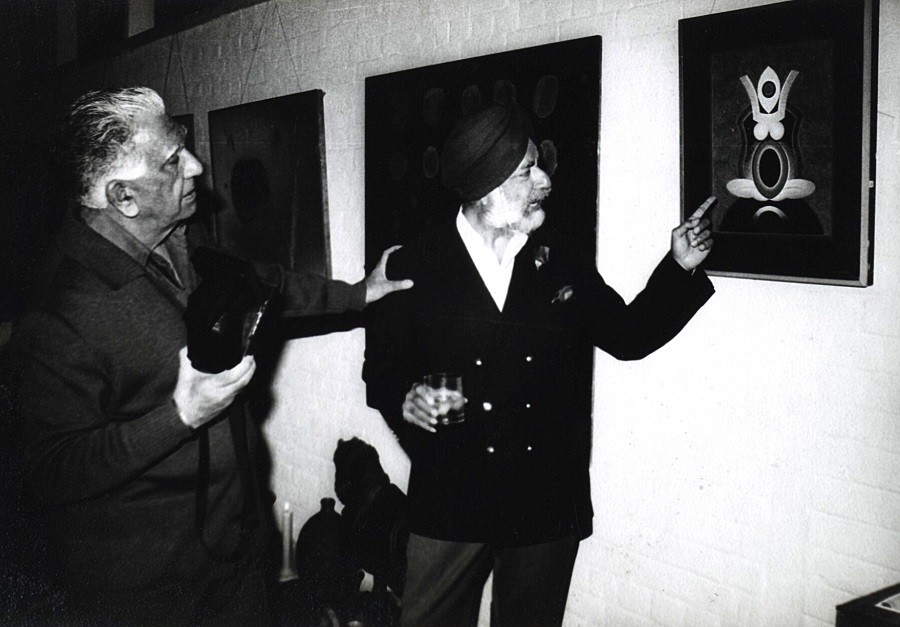
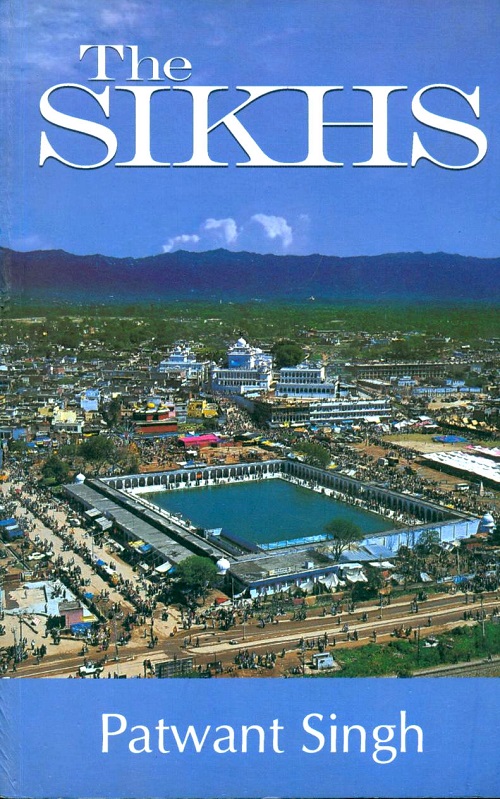

Patwant Singh’s legacy extends far beyond his writings and publications. He was a visionary who recognized the importance of design, architecture, and urban planning in shaping a nation’s identity and future. His work bridged the gap between different design disciplines and brought international perspectives to India’s evolving architectural landscape. Singh’s commitment to excellence, his fearless critiques, and his dedication to preserving India’s architectural heritage continue to inspire generations of architects, designers, and writers. As we reflect on his contributions, it becomes clear that Patwant Singh was not just a chronicler of India’s architectural journey, but a key influencer who helped steer it towards a more thoughtful and holistic approach. Establishing an award in his name, as suggested, would not only honor his memory but also encourage future generations to carry forward his legacy of incisive architectural journalism and criticism. In remembering Patwant Singh, we celebrate a life dedicated to elevating the discourse on design and architecture in India and beyond.
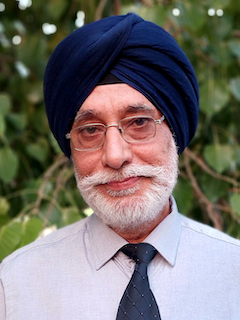
Sarbjit Bahga (b1957) is a Chandigarh-based architect, author, photo artist, and archivist. He is the Principal Architect of Bahga Design Studio LLP. Earlier, Bahga worked in the Department of Architecture, Punjab, Punjab Health Systems Corporation, and Punjab Mandi Board in various positions.
He has more than 42 years of practical experience designing various types of buildings, complexes, and large campuses. His completed works include an eclectic range of administrative, recreational, educational, medical, residential, commercial, and agricultural buildings. A monograph on his selected works titled “MODERN REGIONALISM: The Architecture of Sarbjit Bahga” has been published.
Bahga is also a keen researcher and a prolific architectural writer. He has 12 books to his credit, which include Modern Architecture in India, New Indian Homes, Le Corbusier, and Pierre Jeanneret: The Indian Architecture, Trees in Urban Habitat, Landscaping Human Habitat, New Indian Architecture -1947-2020, and Hand-Drawn Perspectives and Sketches. Bahga’s contribution to architecture has been largely recognized. He is a three-time recipient of the World Architecture Community Awards. His name has been featured in the Guinness Book of World Records for designing the “longest covered concrete corridor” in Vidya Sagar Institute of Mental Health, Amritsar.



